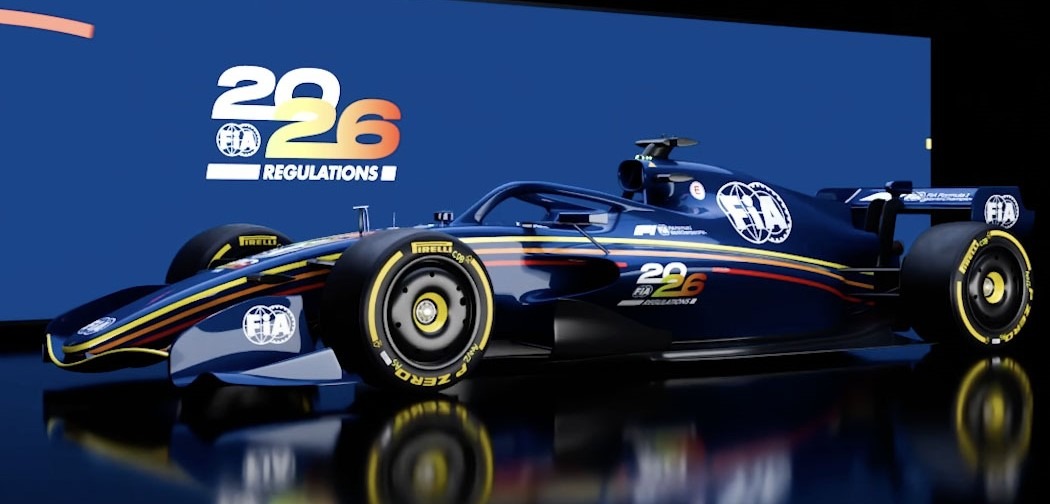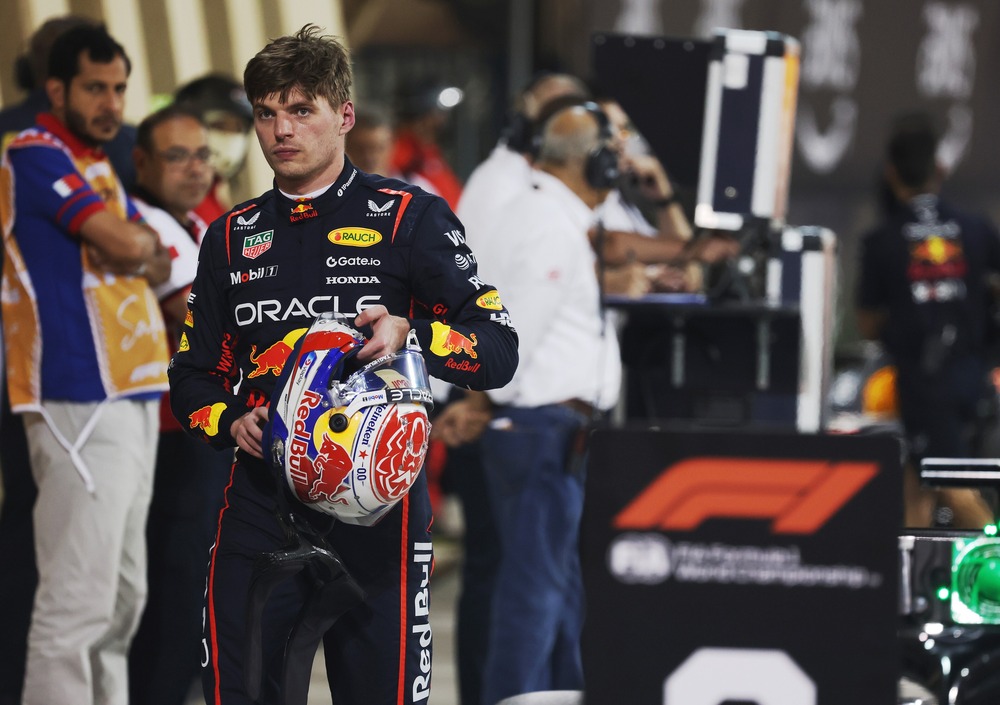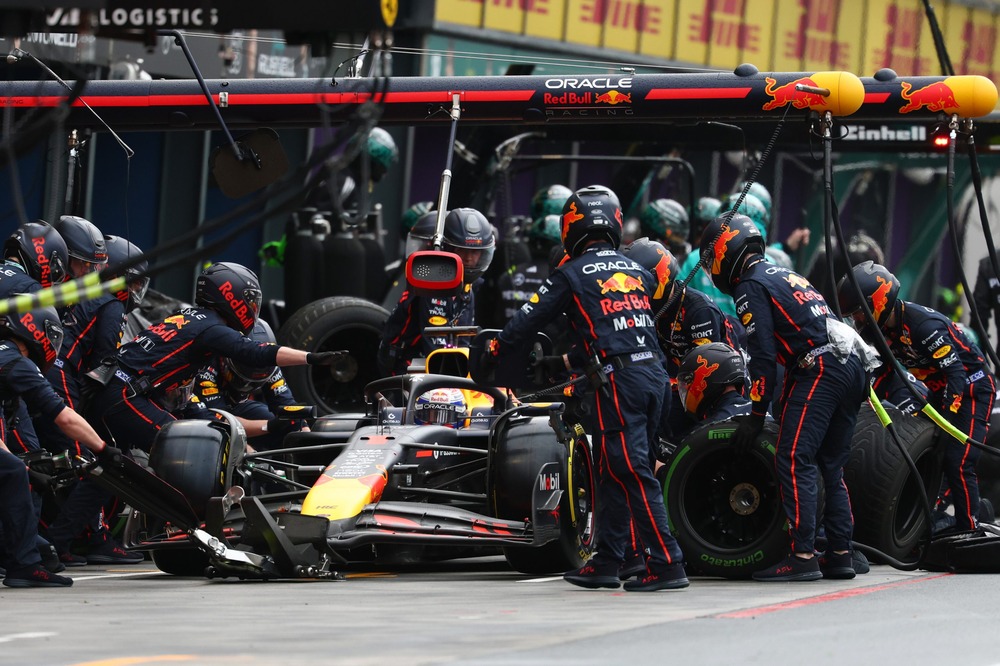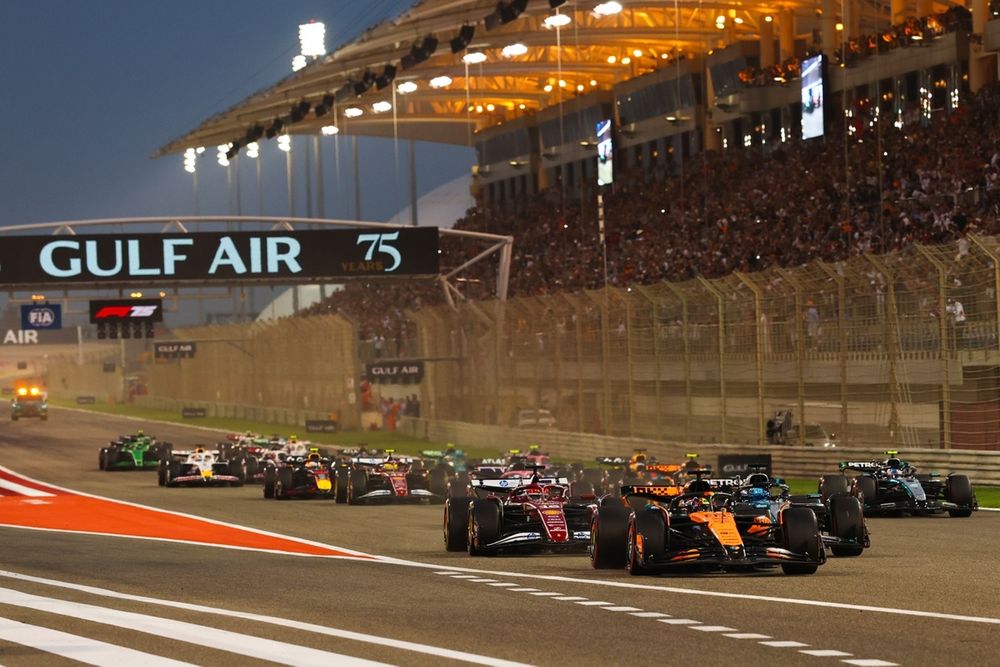The FIA has announced new rules allowing teams to conduct testing with “mule cars” in preparation for the 2026 F1 technical regulations.
The FIA World Motorsport Council has made a significant move in the realm of Formula 1 by approving new rules that permit teams to conduct testing with “mule cars” in preparation for the upcoming 2026 F1 season.
The move is pivotal as it marks a proactive approach to ensure that all teams are on an equal footing as they adapt to the sweeping changes in technical regulations that will be implemented in 2026.
Mule cars are modified vehicles that are used to simulate future regulations without being fully compliant with the new rules. They allow teams to test various components and systems that will be crucial for the performance of the new generation of F1 cars.
The FIA’s recent regulation change permits a total of 10 days of mule car testing throughout 2024, providing teams with a valuable opportunity to gather data and insights ahead of the new regulations.
The mule cars must be based on chassis from the four preceding seasons (2020 to 2023) and can undergo minimal modifications necessary for testing development tyres or components.
This approach is not new; similar testing practices have been employed in the past to help teams prepare for significant regulatory shifts. For instance, mule cars were used in 2008 to understand the implications of changes in aerodynamic regulations for the 2009 season.
Mule cars were last seen in use in 2021, with 2019 machines being altered to run the new 18-inch wheels ahead of F1’s move away from the old 13-inch wheels for the 2022 season.
The FIA has outlined specific guidelines for the testing of mule cars under Article 10.10 of the sporting regulations. Ten days of mule car testing will be permitted between January 1st and December 31st.
The new guidelines stipulate that the testing must be conducted by drivers with a full super licence who have participated in at least one F1 competition or have completed a minimum of 500 kilometers in a current F1 car at racing speeds.
This ensures that only qualified drivers are involved in the testing process, maintaining the integrity of the sport.,
Moreover, the new regulations emphasize that no test items can be used during mule car testing. This restriction is designed to prevent teams from gaining an unfair advantage by utilizing components that are not representative of the current regulations.
The cars must include only those components and software that have been used in at least one race or testing session in the four years leading up to the championship year.
Another intriguing change made on the technical side has been to Article 11.1.2, related to braking systems.
“The brake system must be designed so that within each circuit, the forces applied to the brake pads are the same magnitude and act as opposing pairs on a given brake disc,” says the unchanged text before the new wording is confirmed with the following sentence: “Any system or mechanism which can produce systematically or intentionally, asymmetric braking torques for a given axle is forbidden.”
While the introduction of mule car testing is a positive development, it is not without its challenges. The 2026 regulations will bring about significant changes, including narrower cars, a shorter wheelbase, and the introduction of adaptive aerodynamics on both the front and rear wings.
These changes present a formidable challenge for teams attempting to replicate the performance characteristics of the future cars using current chassis.
Pirelli’s motorsport director, Mario Isola, has expressed concerns regarding the feasibility of creating mule cars that accurately reflect the upcoming regulations. He noted that while teams may be able to adjust weight and fuel levels during testing, the absence of active aerodynamics in current cars makes it nearly impossible to fully simulate the 2026 F1 cars.
The FIA plans to present further updates on the 2026 regulations, including sporting and technical matters, at the World Motor Sport Council meeting scheduled for October 17, 2024.





